UHF RFID in Retail: The Cosmetics & Beauty Industry
RFID technology has been widely used in retail following Walmart’s 2003 announcement of initial testing and adoption. Companies like Lululemon, H&M, and Nike are successfully using UHF RFID for inventory management, creating a more efficient supply chain, combating counterfeit items, and/or preventing out-of-stock products. The retail market is expected to grow at a moderate/high rate in 2020 – about 2.0%, to value around $5.574 trillion (1) thanks in part to a rapidly growing beauty industry, which grew almost 6% in 2018. (2) Due to the increased demand for quality products, low price points, and sustainable and environmentally friendly beauty products, big and small companies are stepping up to fill voids. Because of the increase in demand and high market growth – beauty manufacturers are seeing the need more than ever for efficient supply chains, increased inventory accuracy, and consistent product availability, similar to how the overall retail market has in the past 10 years.
Companies that manufacture and sell beauty and cosmetic products are beginning to investigate and test with UHF RFID technology, a venture that probably wouldn’t have been possible 10 years ago. But, why? UHF RFID tags ordinarily work well on clothing items, but previously have had difficulty tracking metal and liquid filled items. So, what has changed in the RFID industry prompting big companies in the cosmetics and beauty world to be optimistic about new testing and future RFID deployments?
The RFID Industry – 2020
- Increase in Reader Sensitivity
- Increase in UHF RFID Tag Sensitivity
- Overall Increased Tag Read Range
- RFID Tags and Labels with a Smaller Footprint (than previously available)
- Tags Optimized for Mounting on Metal Surfaces
- Tags Optimized for Mounting on Liquid-Filled Items
- Lower Tag Cost – some disposable labels well under $0.10 Per Tag
- Increased Demand and Widespread Adoption
Benefits from Tracking Cosmetics
Similar to retail, the benefits of managing and tracking cosmetics with RFID are showcased by creating accuracy through visibility. Below are some of the most prominent benefits:
Increase Inventory Visibility – Accurate inventory data is key in order for the supply chain and manufacturers to provide stores with needed products. If inventory numbers are incorrect, placing or not placing restocking orders leads to fluctuations in supply or demand, costing stores hundreds of thousands of dollars.
Monitor Trends & Prevent Out-of-Stocks – Data provided by an inventory management system can be used to detect popular items in markets as well as early rises in trends. With that information, stores can expect and prepare for changes in demand. In a pilot RFID deployment by Avery Dennison, a notable chip and tag manufacturer, the Global Director of Market Development reported that:
"Shoppers hold strong brand and color loyalty for beauty products, so there’s less substitution than in apparel if a desired item isn’t available" (3)
Because brand and product loyalty is so important in this market, stores could see a significant impact in sales if they frequently experience out-of-stocks.
Reduce Theft – An RFID inventory management system provides individual products with a globally unique number, enabling item-level visibility within stores. Item-level visibility can produce data to help pinpoint vulnerable areas where items are being stolen so that additional security can be put in place.
Decrease Shrinkage – Similar to reducing theft, individual product identification provides additional visibility that can be used to help highlight steps throughout the entire supply chain that are prone to vulnerability.
Shorten Lead Times – Data collected from individual stores’ RFID inventory management systems can help to reduce lead times for popular items. This data can also be used to shorten lead times online and to predict early rises and falls in individual item sales.
Tagging Cosmetic Items
The type of RFID tags used for tagging cosmetic items vary greatly depending on the item’s surface material, to which the tag will be attached. Generally, it is recommended to attach the tag to the product’s packaging, which is usually either paper, thin cardboard, or plastic. Here are some tips for tagging cosmetics and beauty items:
Tag Size & Shape
The size and shape of an RFID tag is critical for tracking small items like cosmetics. Beauty items vary greatly in size and shape, from small and thin products like eyeliner pencils, to a large, metal flatirons; the type, shape, and size of each product will help to determine the appropriate RFID tag.
Example: Long, thin cosmetics could be tagged with the Alien Slimline or the Avery Dennison AD-160u7 (left). While wider, round items could be tagged with the Avery Dennison AD-180u7 (right).
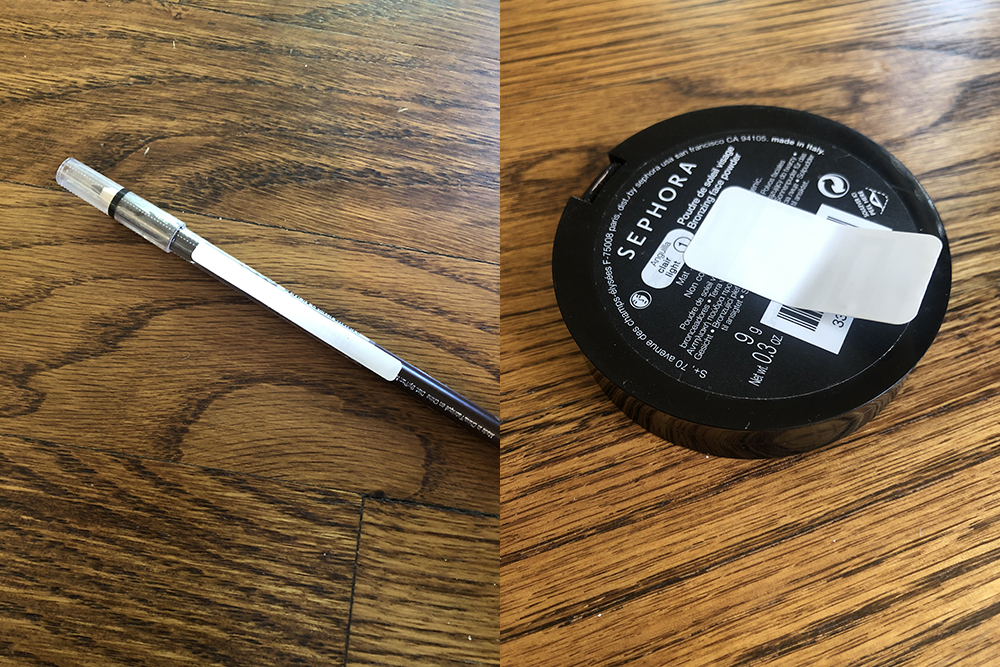
Tag the Packaging
If an item has packaging, like a thin, cardboard box, plastic container, or even simply plastic wrapping, it is recommended to tag the packaging instead of the item itself. RFID tags generally perform better when adhered to packaging materials like plastic, cardboard, and paper and, in addition, the packaging provides more air space between the item and the RFID tag which can increase read range.
Example: This mascara product is enclosed within a cardboard box that serves as the packaging and the RFID tag, the Alien ALN-9716 is affixed to the outside.
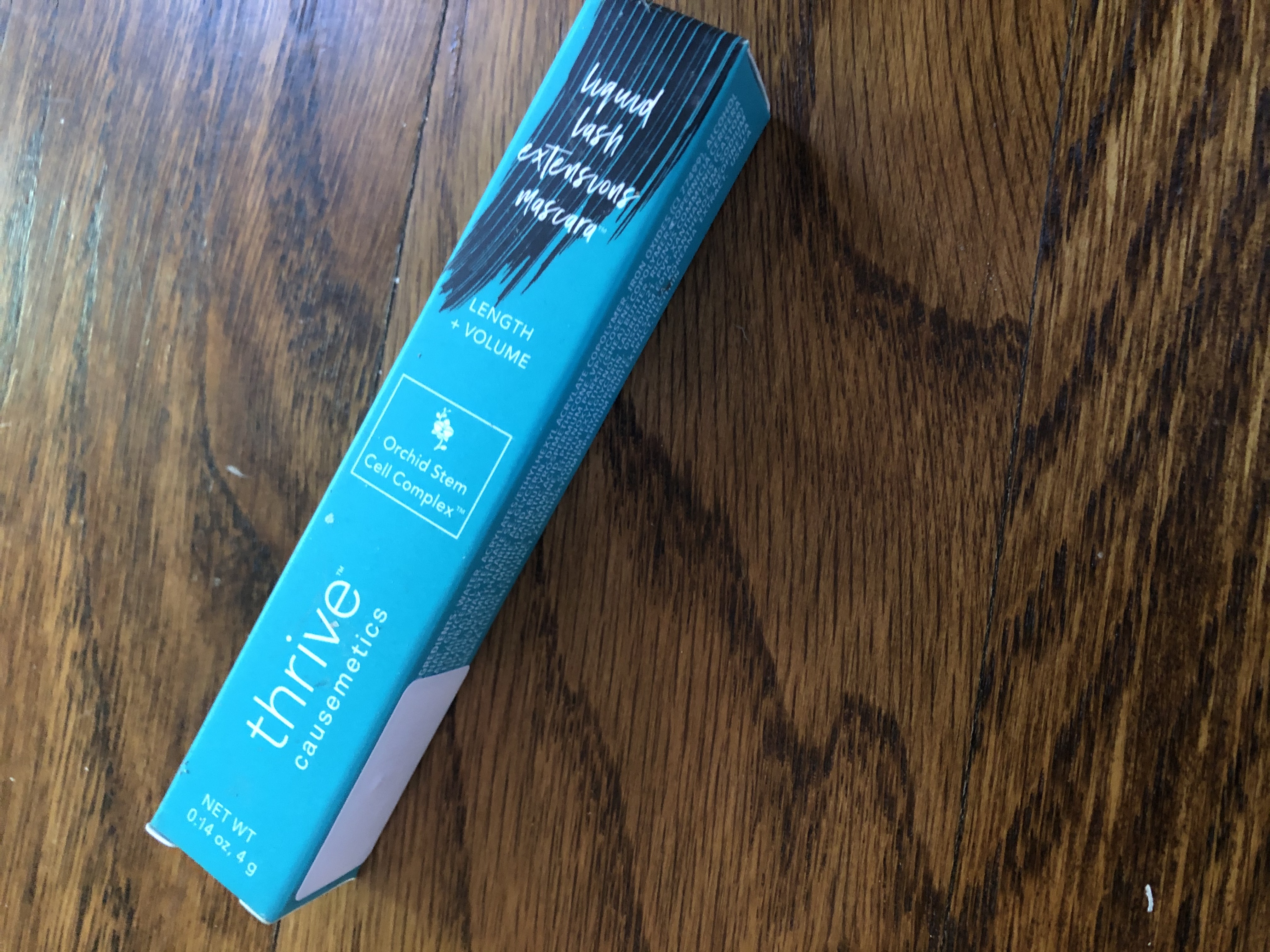
Tag the Top or Neck
No matter if the tag is affixed to the packaging or the item itself, it is generally the best practice to tag the top or neck of an item. Typically, the top or neck of an item, especially a liquid-filled item, has more air space for achieving a longer read. Even non liquid-filled items can benefit from placing the tag in an area with more air space.
Example: This bottle of lotion is liquid filled, so it is tagged at the top where no liquid is present to get the ideal read range with the Avery Dennison AD-160u7 (left).
Example: This non-liquid filled concealer is also tagged with the Avery Dennison AD-160u7 on the top in order to take advantage of the airspace for a better read range (right).
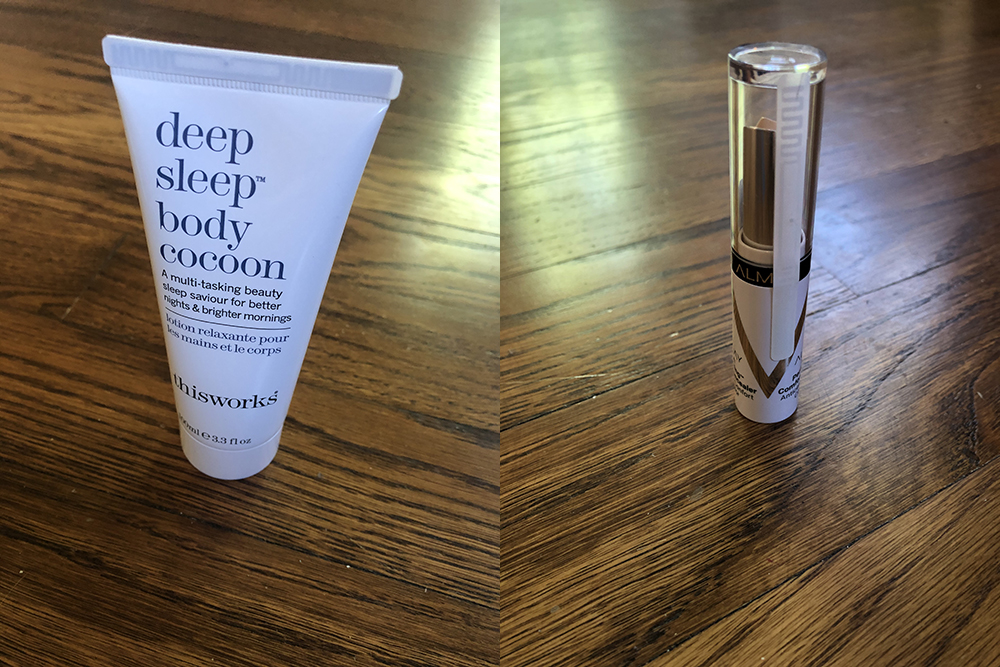
Unavoidable Liquids
For liquid-filled products that do not have a specified top or neck away from liquid, the best type of RFID tag is one that can be adhered to the item but keep the tag portion away from the liquid. This type of tag was designed for tracking on metal or liquid-filled items and is referred to as a Flag or Flap tag.
Example: This bottle of facial toner is liquid-filled, so we used a SMARTRAC Midas FLAGTAG to demonstrate the readability when the tag is protruding from the liquid-filled item.
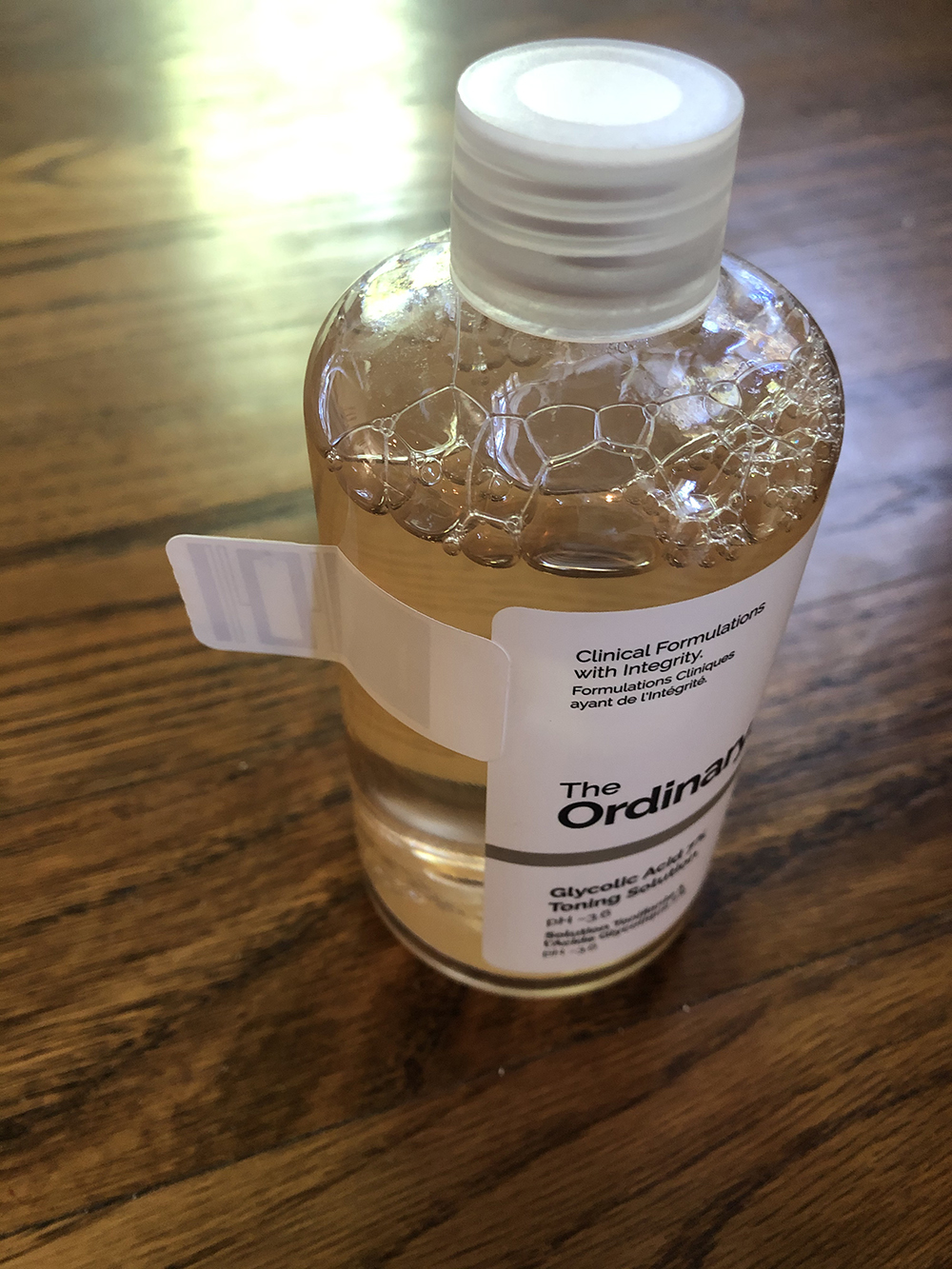
Popular Cosmetic Tags
The following are popular UHF RFID tags used for tracking cosmetic & beauty items:
- SMARTRAC MiniWeb
- SMARTRAC MIDAS FLAGTAG
- Alien Glint ALN-9715
- Alien Slimline ALN-9745
- Avery Dennison AD-172u7
- Avery Dennison AD-180u7
- Avery Dennison AD-160u7
Expected Read Range
For most RFID applications, there is a direct correlation between tag size and read range. This generally means ‘the smaller the tag, the smaller the read range’, and because cosmetics will require small tags, the tags will have a smaller read range than the industry average. RFID tags placed on cosmetic items will most likely be able to be read between 3 and 5 feet, but the read range all depends on the type of tag, how the tag was applied, the environment, the RFID system setup, and the type of surface material and item being tagged.
Because each type of cosmetic/beauty product is packaged differently and may or may not contain liquid, it is important to perform rigorous testing on each type of product to be tagged. Below is a list of cosmetic items tagged and tested for this article, and the read range we were able to achieve in an ideal environment.
*All testing will vary depending on the factors above, these are not guaranteed, and were set up in a very simple test environment with a small number of items. Please contact us with any questions.
Example Testing
Testing is one of the most important parts of deploying an RFID system. Using a TSL 1128 UHF RFID Reader and 10 randomly chosen cosmetic and beauty items, we were able to set up a simple testing environment, below are the tags we chose for each item.
- Facial Toner Bottle – SMARTRAC MIDAS FLAGTAG (Picture 1, left)
- Nail Polish – Avery Dennison AD-172u7 (Picture 1, right)
- Boxed Mascara – Alien ALN-9716 (Picture 2, left)
- Packaged Brow Gel – Avery Dennison – AD-172u7 (Picture 2, right)
- New Brow Pencil – Avery Dennison AD-160u7 (Picture 3, left)
- New Concealer – Avery Dennison AD-160u7 (Picture 3, right)
- Facial Spray Bottle – Avery Dennison AD-172u7 (Picture 4, left)
- Facial Moisturizer – Avery Dennison AD-180u7 (Picture 4, right)
- Body Lotion – Avery Dennison AD-160u7 (Picture 5, left)
- Facial Compact Bronzer – SMARTRAC MIDAS FLAGTAG (Picture 5, right)
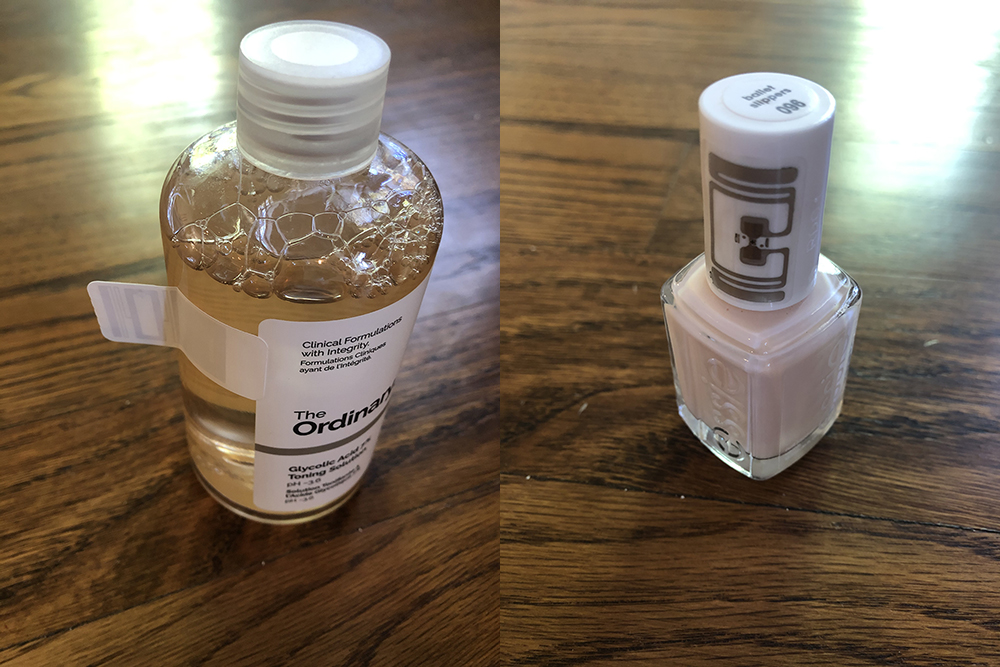
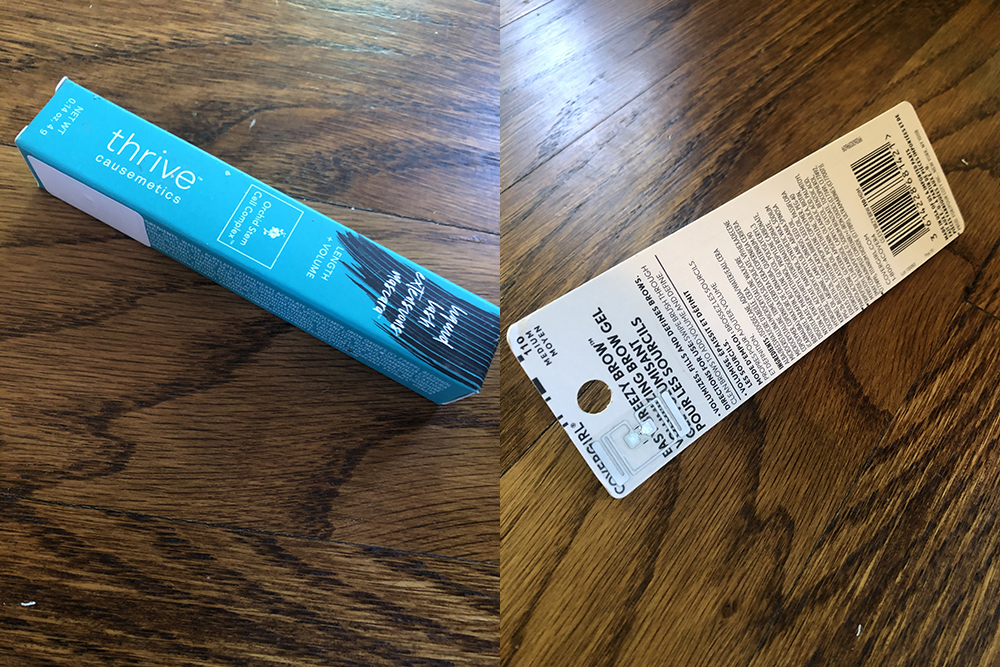
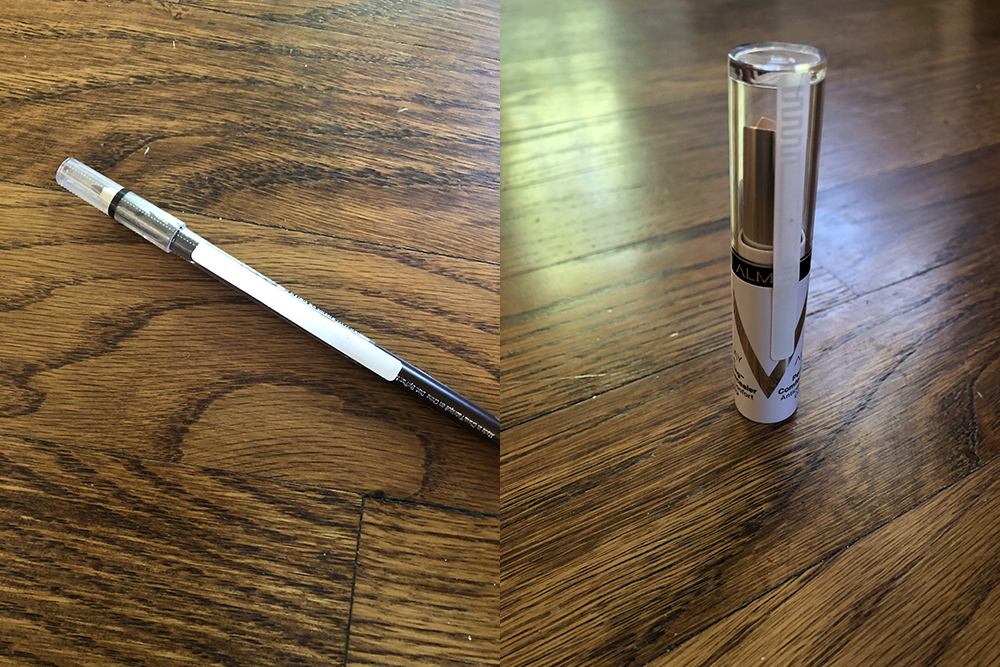
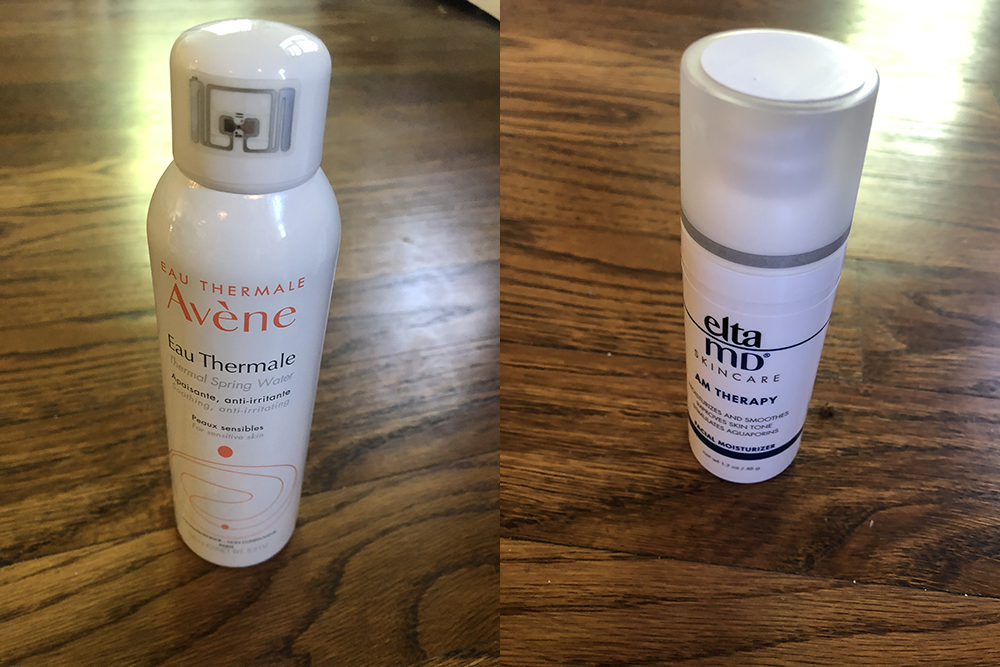
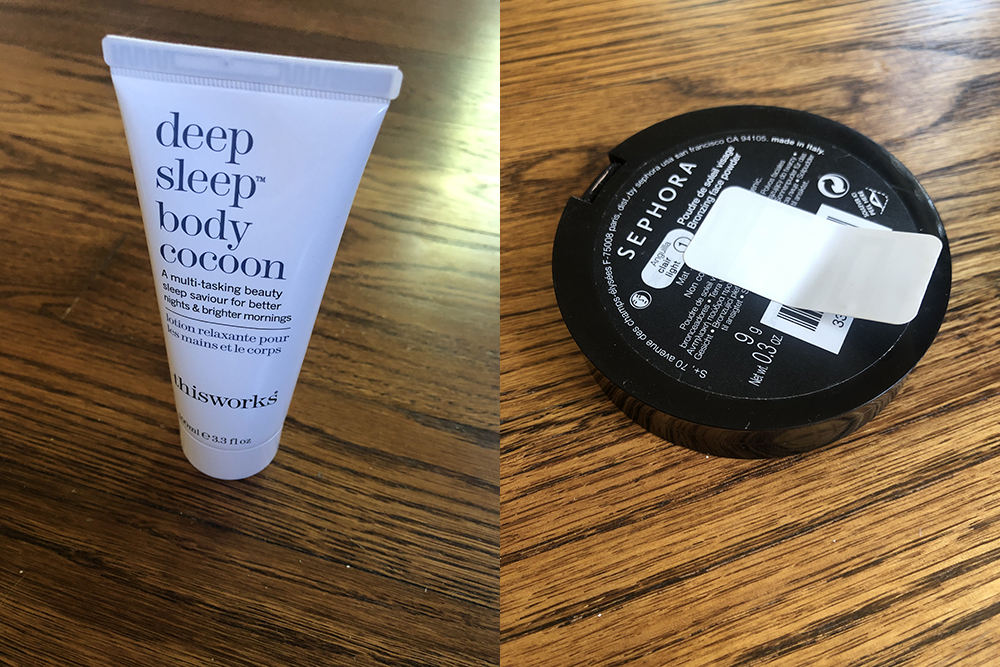
Conclusion
If you’d like to learn more about all things RFID, check out our website, our YouTube channel , comment below, or contact us.
To read more about Inventory Management in Retail Environments, check out the links below!
- Auburn RFID Lab - Part 1: The Retail Environment
- Walmart and RFID: The Relationship That put RFID on the Map
